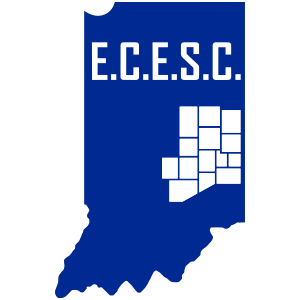Social-Emotional Learning Tier 1 Resources
General Information
School-wide SEL supports both the academic and behavioral "sides" of an MTSS framework and can help create coordination across all tiers:
Tier 1 – Universal support for all students: SEL teams may arise from, or overlap with MTSS teams that focus on Tier 1 supports that meet the needs of all students. By establishing an SEL team that regularly focuses on improving the school climate and building a sense of community, schools foster a safe, supportive learning environment for all students. Evidence-based SEL instruction and integrating SEL into academic learning also provide a foundation for high-quality core instruction in academics and SEL that supports all students.
Tier 1 supports are selected based on the needs of the entire student population, and the SEL and Tier 1 team monitors school-wide data to adjust supports as needed. Integrating SEL here is critical because this first tier of support must be fully operational before schools can effectively support more intensive student needs. Without this foundational tier, schools may find that Tier 2 and 3 supports are over-accessed by students whom Tier 1 supports may have adequately served.
Benefits of SEL:
Improvement of students' social-emotional skills resulting in advances in students' attitudes, perceptions of school, and relationship-building skills.
Decreased anxiety, behavior issues, and substance abuse.
Increase students' academic performance.
Elementary
Why: Students in elementary school exposed to SEL training have an increase in their academic achievement by as much as 11% (Robert Wood Johnson Foundation, 2017).
Core skills: Self-awareness, Self-management, Social Awareness, Relationship skills, and Responsible decision-making.
Four approaches to SEL:
Free-standing lessons
General teaching practices
Integration of SEL skill instruction and general teaching practices
Establishment of school-wide organizational structures and policies that support SEL systemically
